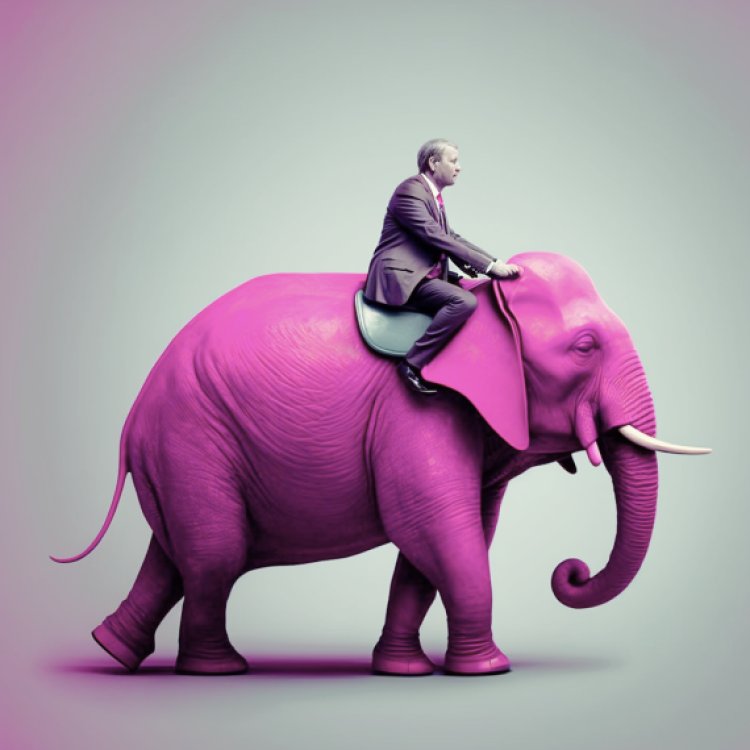OVERCOMING SHORTCOMINGS OF UI DESIGN
A good UXed UI is intuitive. It’s designed in a way that users can naturally navigate and interact with the product without having to think too much or figure out how things work.
Share this Post to earn Money ( Upto ₹100 per 1000 Views )

UX promises to make our interactions with digital products as smooth as imaginable. But sometimes, despite the best intentions, it goes entirely wrong.
A common misconception is that UI design is just about aesthetics. However, its main purpose is to ensure intuitive user-system interaction. To avoid good looking failure focus on usability as much as visual appeal.
UI designers may base designs on personal preferences or assumptions, potentially causing a biassed user experience. To prevent this, we integrate user feedback throughout the design process and continually test with actual users.
Designers and clients often overcrowd interfaces with excessive features or information, known as “feature creep,” complicating the product. We avoid this by embracing simplicity, prioritising usable and aesthetic functionality, ensuring every element has a purpose.
Neglecting the diverse needs of users can lead to ineffective designs. Not everyone shares the same tech-savviness, cultural experiences, physical abilities, or technological resources. We counteract this by employing universal design principles, ensuring interfaces are accessible and functional for a broad audience.







